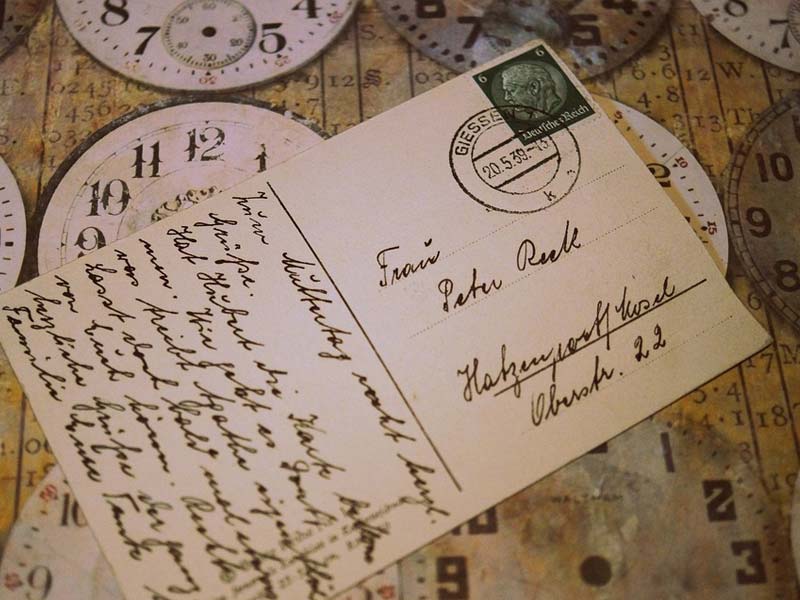During my initial apprenticeship period, I had the good fortune to train with document examiners at the US Postal Inspection Service in San Bruno, California. A document examiner in the laboratory presented a copy of a postcard to me, postmarked in 1912. She asked if there were any indications the postcard, purportedly having antiquity value, was not genuine. I spent a few minutes reviewing the handwritten text, the sender’s signature, the printed text, the postmark, the stamp, etc. I found no evidence of a forgery.
However, proof of a fabrication was present in the fine print on the card, advising the name and address of the postcard’s manufacturer. The address included a zip code. Since the postal service did not implement zip codes until 1963, the card could not have been available for purchase in 1912.
The training episode served to show the dates of introduction for specific items and product inventions can by very useful to document examiners in their work.
The following general dates of product inventions may be of interest to the reader:
1899: Modern paper clip patented.
1903: First production of Crayola Crayons.
1912: Corona makes a portable manual typewriter.
1914: First desk model of a stapler offered by the Boston Wire Stitcher Company.
1925: Single use carbon paper introduced.
1930: Transparent tape, marketed as Scotch Cellulose Tape, invented by 3M.
1937: Xerography, an electrostatic copying process, invented. It became commercially available in 1950.
1944: First commercial marketing of a ball point pen (in Argentina). Invented by Laszio Biro.
1956: Bette Nesmith markets “Mistake Out,” later known as “Liquid Paper”, to secretaries in her office.
1958: First commercial Xerox copier introducted.
1963: Fiber-tip pen developed in Japan by Pentel. The pen initially used a bamboo inner barrel to feed ink into the fiber tip. In 1966, the bamboo barrel was replaced by a bundle of acrylic fibers that transferred ink to the tip by capillary action.
1963: Introduction of the five-digit zip code by the USPS.
1974: Post-It Notes developed by 3M. The focus of the development was to satisfy a need for bookmarks that would not slip but easily removeable.
1974: First use of a Universal Product Code (UPC bar code). The bar code was scanned on a package of Wrigley’s Juicy Fruit gum.
1975: IBM introduces a laser printer.
1984: First marketing of the gel pen, invented in Japan.

